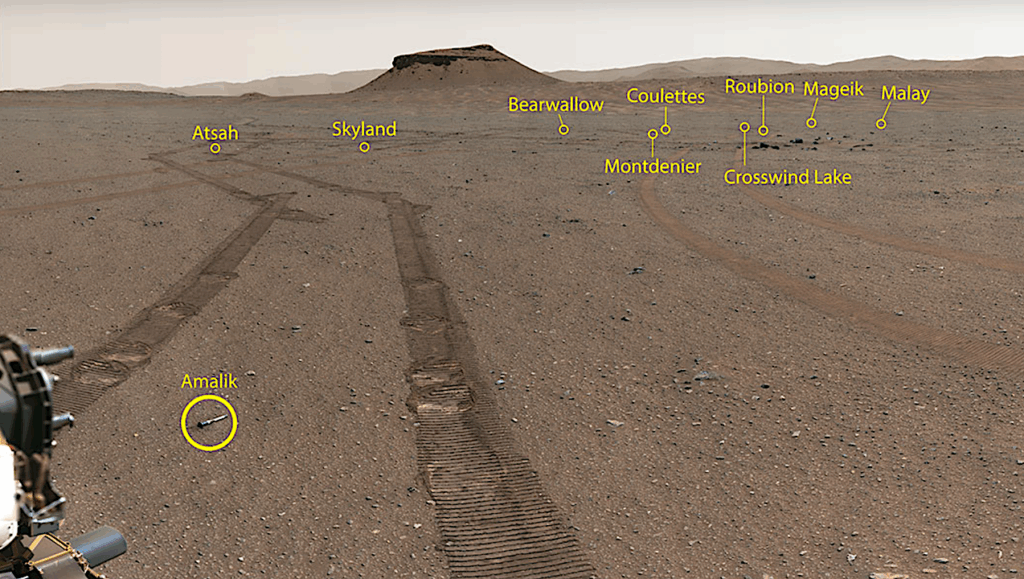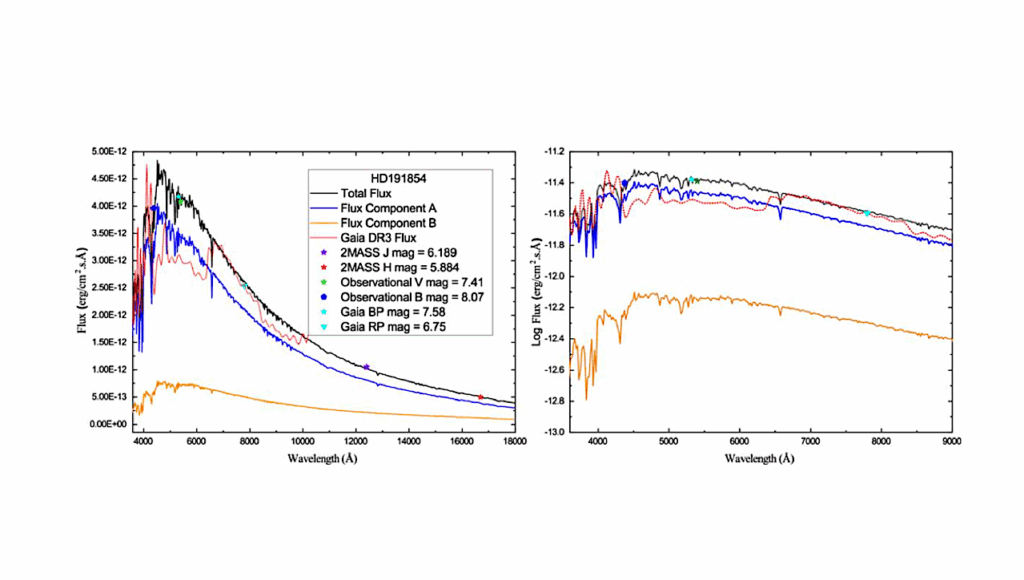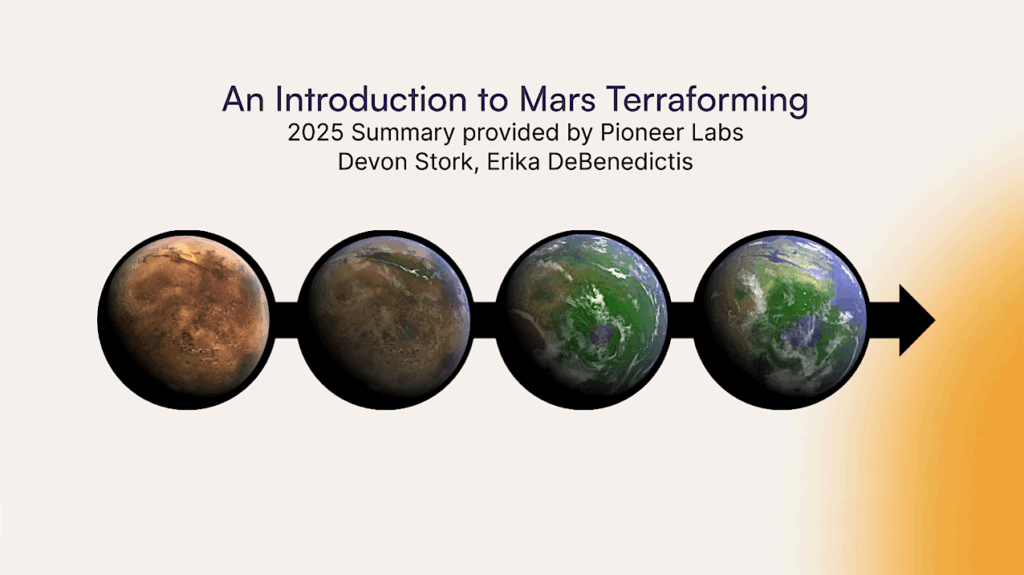Workshop: The Faint Early Sun: Problem, Paradox, or Distraction?
A workshop to be held at the Space Telescope Science Institute in Baltimore MD, April 9-10, 2012.
The problem of the faint early Sun has been around for many years, and it boils down to this: We presume that the Sun started its life on the zero-age main sequence (ZAMS) with essentially the same mass that it has today, given the low flux of the solar wind, and we presume that our understanding of the physics of the Sun at that stage is reasonably good. Evolutionary models of the ZAMS Sun then predict that it had about 70% of its current luminosity.
That low luminosity is a problem when combined with what we know about the early atmosphere of the Earth because if the Earth’s surface were to become covered in ice then the albedo would be high enough to prevent the young planet from recovering. The usual way out of this dead-end is to provide the early Earth with a reducing atmosphere that leads to a strong greenhouse effect, keeping the surface fairly toasty, or at least non-frozen.
We know the early Earth had liquid water on its surface, and we know that the young Mars did as well. Of course both planets may have had greenhouse atmospheres, but perhaps our understanding of the ZAMS Sun is incomplete.
The purpose of this workshop is to bring together scientists from a number of disciplines to discuss the state of knowledge of the young Sun and the young solar system. We will involve leading experts from geochemistry, geophysics, planetary science, solar physics, and stellar astronomy. Among the questions to be addressed are:
* How much do we know of the early Earth’s atmosphere and the planet’s surface?
* Was there a reducing atmosphere sufficient to produce a greenhouse effect?
* How much glaciation occurred at those early epochs?
* What other effects related to the Earth itself can account for liquid water?
* What limits can we set on the state at different times of the atmosphere and surface of early Mars?
* What limits on the state of the ZAMS Sun can be set from observing stars, from the solar system, and from the Sun itself?
Registration and abstract deadline: March 15, 2012
Registration fee: $100 until March 15, $150 after.
For more information: http://www.stsci.edu/institute/conference/faint-sun








